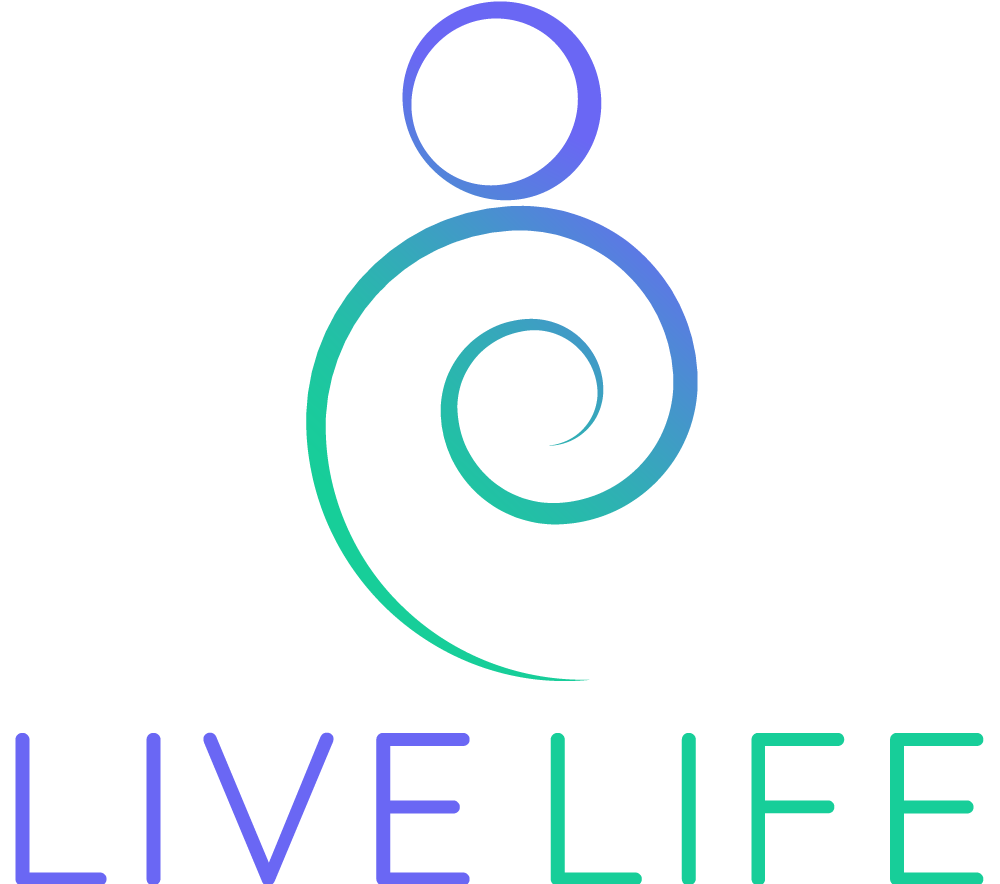Have you ever felt like you are losing the grip on everything – your work, your relations and you don’t know how to make it stop. You feel restless and always in the need of moving, getting things done and kept busy. Under such situations, you forget how to appreciate small things, be present at the moment, be aware of your surroundings, and be mindful.
“Our life is shaped by our mind; we become what we think” – Gautama Buddha
What is mindfulness?
Mindfulness is the ability to be aware of ourselves, the surrounding, and what we are doing. Being mindful means acceptance of all the thoughts and emotions we have without judging them. When we practise mindfulness, we learn to let go of all the painful memories and all the anxiety about the future. When we are present in the moment, we are aware of what we are doing, what surrounds us, you tune into your senses and focus on the emotions you are feeling in the moment – not past nor future.
While meditating or practising mindfulness we try to reconnect with our bodies as well as the feelings we sense- it is an essential aspect of mindfulness. When we are aware and mindful, we relieve ourselves from feelings of discomfort, develop understanding and knowledge by examining our consciousness.
There is one thing that, when cultivated and regularly practised, leads to deep spiritual intention, to peace, to mindfulness and clear comprehension, to vision and knowledge, to a happy life here and now, and to the culmination of wisdom and awakening. And what is that one thing? It is mindfulness centred on the body. – Gautama Buddha
Why should we practice mindfulness?
Mindfulness is about paying attention to day-to-day life and the problems we are generally going through. There are many reasons for practising mindfulness such as it helps clear the mind, it develops perspective, and helps you to focus and develop attention. Some of the other reasons for practising mindfulness regularly and making it a habit are mentioned below,
- We are all born with the ability to be mindful but as we grow old and get busy with our work and chores we forget this skill. Practising mindfulness helps us to reconnect with ourselves, our emotions and feelings.
- Mindfulness is a human quality and therefore, it is not aligned to any beliefs and religion. Anyone can practise mindfulness with simple exercises and develop a better understanding of ourselves as well as other things around us.
- It is not exotic and does not hinder your tight schedules. Though many people find it helpful to meditate in a peaceful environment, mindfulness can be exercised at any time of the day and anywhere. You can be cleaning your room or taking a walk and still practice mindfulness without devoting any extra time to it.
- Depression may be the product of unresolved dispute, childhood trauma, injury, and anxiety about the future. Practising mindfulness helps us to cherish the present and to direct our thoughts in a positive manner and to block anxious thoughts.
- There has been proof and evidence that practising mindfulness helps people to live them a better life. There are a number of proven positive effects on your health, satisfaction, jobs and relationships.
- When people are mindful and have the presence of mind, they find it easier to focus on important things. Their memories or anxieties do not control their chain of thoughts and they have improved efficiency in work as well as in maintaining relationships.
What are the types of mindfulness?
Unlike other forms of exercises, mindfulness doesn’t require a lot of equipment or physical space. You can do simple exercises while sitting on your chair, waiting for the elevator, while having your lunch or even when you are cleaning your dishes.
Mindfulness exercises can be chosen as per the requirements of an individual. Some people prefer practising these exercises in their office break while others like to do it in the morning or at the end of the day. Some of these commonly practised types of mindfulness exercises are mentioned below,
- Focussed mindfulness – in these exercises we push our brain to focus on an object or a sensation such as breathing. While we put all our attention on the focal point or the sensation, we allow our thoughts to pass. This is one of the most simple exercises and can be performed at all times. Another way of practising this exercise is to take an object in between your hands such as a small pebble. Close your eyes and focus on the texture, the size, and the shape of the object. Try not thinking of anything else and if you get distracted, return to the object and start again.
- Mindfulness meditation – it is a form of meditation that is used to relax our minds and concentrate. You concentrate on your breathing and your body while freeing your mind to function naturally and not to focus on any-one thought. Mindfulness can help us focus our attention, enhance our memory, and self-introspect so that we practice kindness to ourselves and all those around us.
- Mindfulness-based stress reduction – it is a new form of therapy-based mindfulness and has been shown to greatly benefit patients suffering from various health problems like chronic pain, hypertension, cardiovascular diseases, depression, and stress.
- Mindfulness-based cognitive therapy – Mindfulness-based cognitive therapy requires the application of cognitive therapy and mindfulness methods to help people direct their thinking and behaviour. MBCT programs use a great technique that helps individuals understand why they feel or act in a certain way and the reasons for such actions.
Do not pursue the past. Do not lose yourself in the future. The past no longer is. The future has not yet come. Looking deeply at life as it is. In the very here and now, the practitioner dwells in stability and freedom. We must be diligent today. To wait until tomorrow is too late. Death comes unexpectedly. How can we bargain with it? The sage calls a person who knows how to dwell in mindfulness night and day, ‘one who knows the better way to live alone.’ – Gautama Buddha
Benefits of mindfulness
Mindfulness is an easy yet very efficient practice which has evidence-based proof and has been practised throughout the world. The primary aim of practising mindfulness is to be more present in the current moment without having thoughts about the past and the future, but there are a lot more benefits associated with exercising mindfulness.
As someone who may just be starting off with the practice, you may be flooded with choices as to how to go about it. Here is where the LiveLifeApp comes in with its personalized mechanisms that you can modify to cater to your needs. With the app, your experience with mindfulness is enhanced and you can enjoy its benefits to the fullest. Mindfulness helps in overall development since, with a clear head, you will be able to focus better on important things and protect yourselves from irrelevant thoughts. Some other benefits associated with practising mindfulness are mentioned below,
- Decrease stress and anxiety-our daily activities and stressful lifestyle make us anxiety-prone. Practising mindfulness can help to ease stress and anxiety by giving our brain a break and helping to jumpstart. Mindfulness can also help alleviate distress by enhancing the control of emotions, leading to improved mood and better capacity to deal with stress.
- After learning mindfulness and meditation, people learn how to interpret the meaning of the inner being that is free from negative thoughts and emotions. When a person knows how to isolate his inner being from his thoughts and emotions, he can free himself from a myriad of critical thinking, self-criticism and unpleasant memories.
- An improved general health-a healthy mind is a must for a healthy body. Health is not only related to physical fitness, it also encompasses mental and psychological fitness. With a healthy mind, you will be able to focus on better things and be more ambitious.
- If a person is trapped in a negative direction, he may not be able to get back up without any support. Mindfulness allows people to control their emotions and manages their influence on the inner self of a person. With your mind in control, you look at life with a more optimistic approach, and you’ll be able to handle how you feel.
- Mindfulness can act as a shield for work stress, improves overall well-being and results in decreased burnout levels for employees in their workplaces.
- Mindfulness helps to strengthen our self-consciousness and to establish a better outlook on our personality. It also acts as a protective barrier against stressful emotions, anxieties, and allows one to heal and find happiness.
Some other benefits associated with the practice of mindful meditation are as follows:
- Enhanced sleeping habits
- Improved sense of clarity
- Enhanced memory and focussed attention
- Boosts resilience
- Peace and Calmness
- To quit smoking and alcoholism
- Enhanced knowledge and intelligence
The discipline which I have imparted to you will lead you when I am gone. Practice mindfulness diligently, to attain the goal of awakening. – Gautama Buddha
Things that you should know before practising mindfulness?
Mindfulness is an excellent approach to a healthy lifestyle, especially for the working class, because it can be done anywhere, does not require any gear or heavy equipment, is inexpensive and is a very efficient method.
- You don’t need to buy anything to practise mindfulness. You can practice it anywhere. All you need to do is dedicate a little bit of time for yourself to access your mindfulness skills.
- The goal is not to vacate your mind of all thoughts. The real aim here is to not judge these thoughts and develop a mental barrier against negative or anxious emotions.
- Your mind will drift away as you get started. Mindfulness requires practise and some time to develop the skills to direct our thinking. In the beginning, you will observe that you are not able to maintain your focus for a long time and your thoughts will take over your mind. The important step is to realise that your mind has started to wander and you need to consciously bring your mind back to the present moment.
- Mindfulness is more than just a matter of practice. It brings awareness and attention to everything we do, it helps in reducing unnecessary stress and it makes our life a whole lot easier.
- Meditation is used in a number of treatment sessions and has shown significant results in improved health. With meditation, signs of health conditions such as depression, fatigue, sleep disturbances, and anxiety can be significantly reduced.
How to practice mindfulness?
Mindfulness is a simple exercise and requires a small portion of your time. Though it can be practised anytime and anywhere it is advised that people start this exercise in a peaceful environment with minimum distractions. Here are a few pointers to keep in mind before you begin your mindfulness journey – ensure you remain in a comfortable position while meditating and concentrate on your breathing or a focal point. Do not feel overwhelmed if you get distracted, try to find your focus again. When you’ve completed your exercise, gently open your eyes and examine the world. These are basic reminders everyone needs to be aware of. The LiveLifeApp offers you detailed insights on postures, breathing, and how to properly conclude your session. Download the app to receive further instructions on how to proceed with mindfulness.
“Man surprised me most about humanity. Because he sacrifices his health in order to make money. Then he sacrifices money to recuperate his health. And then he is so anxious about the future that he does not enjoy the present; the result being that he does not live in the present or the future; he lives as if he is never going to die, and then dies having never really lived.” ~Dalai Lama
Practising mindfulness is a fantastic workout for the brain. Not only does it allow us to reconsider our attitudes and decisions, but it also allows us to make healthier choices. With mindfulness, we rediscover ourselves, our fears and anxieties, our pain, our suffering—we acknowledge these feelings and move on in life.





